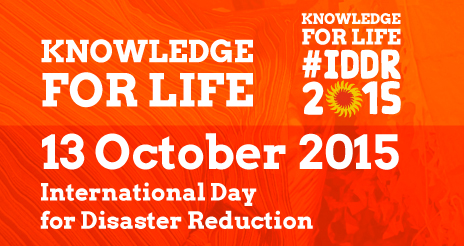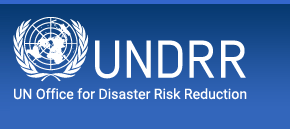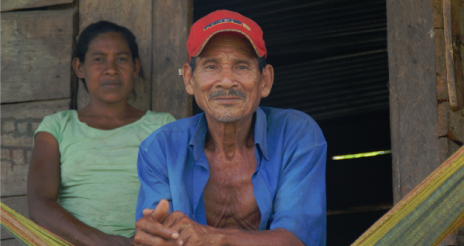- Our Mandate
- Mission and Objectives
- UNDRR in the UN
- Work Programme & Annual Reports
- Results Based System
- Work Partnerships
- Headquarters - Geneva
- SG-UN representatives for DRR
- Regional Office – The Americas and the Caribbean
- Head of the Regional Office – The Americas and the Caribbean
- What is Disaster Risk Reduction?
- What is the International Strategy?
- History of UNDRR
Understanding ancestral knowledge, contributing to community resilience in Nicaragua
By: Wanda Obando.
Edited by: UNDRR – The Americas.
PUERTO CABEZAS, Nicaragua, 5 October 2015 - In order to collect information on the ancestral practices of indigenous peoples on issues of risk prevention, mitigation and management, the municipality of Puerto Cabezas, Nicaragua developed the “Socio Cultural Diagnosis on strategies for risk prevention, mitigation and management traditionally practiced among indigenous peoples”.
Puerto Cabezas, located 536 km north of Managua, the capital of Nicaragua is home to 51,993 inhabitants of different ethnicities (INIFOM-UNFPA, 2000), exposed to tropical hurricanes, storms and depressions. In the last 15 years, the municipality has faced seven hurricanes, two of which caused severe damage affecting critical infrastructure and the social, economic and productive dynamics of the area.
The knowledge of these experiences will contribute to a process of feedback and preparing communities to deal with disasters, by using elements of local identity such as the identification of 24 types of natural signs that remain in the collective memory, used to identify and interpret changes in the environment; the recognition of ancestral communication mechanisms to activate an early warning system; and the collection of local practices and skills for self-management of risk, adapted to the location of communities and intensity of natural hazards, among others.
Three districts and two rural communities were used in the development of this assessment, selected based on their risk or vulnerability indicators, as recorded by the Municipal Civil Defence and collective research processes aimed to deepen and make decisions about ancestral practices to be salvaged and incorporated into the risk management plans.
Among the lessons learned from the project are the urgency of implementing a strategy to revalue ancestral knowledge and practices related to risk management in order to improve the resilience of communities; as well as the perspective of indigenous peoples, in which the transmission of culture and knowledge is considered an important norm that must be performed by the elders, and requiring their “authorization” for young people to be cultural bearers of the knowledge.
It should be noted that challenges such as institutionalization and dissemination of the exchange of ancestral risk management knowledge and practices, as well as the active participation and development of skills in children and adolescents on risk management issues with identity, were also overcome.
The “Socio-Cultural Diagnosis on strategies for risk prevention, mitigation and management traditionally practiced among indigenous peoples” was developed in the framework of the “Building roads ... For a secure childhood” project, carried out between 2014 and 2015 by the Directorate of Youth and Young People (DAJ) of the Municipality of Puerto Cabezas, in the Autonomous Region of the Northern Caribbean Coast, Nicaragua; with technical and financial support from UNICEF.
Related links:
Follow the UNDRR news online:
 International Day for Disaster Reduction #DIRD 2015 Knowledge for Life
International Day for Disaster Reduction #DIRD 2015 Knowledge for Life
More information

 Inhabitants of the town of Puerto Cabezas, Nicaragua. Photo credit: UNICEF.
Inhabitants of the town of Puerto Cabezas, Nicaragua. Photo credit: UNICEF.